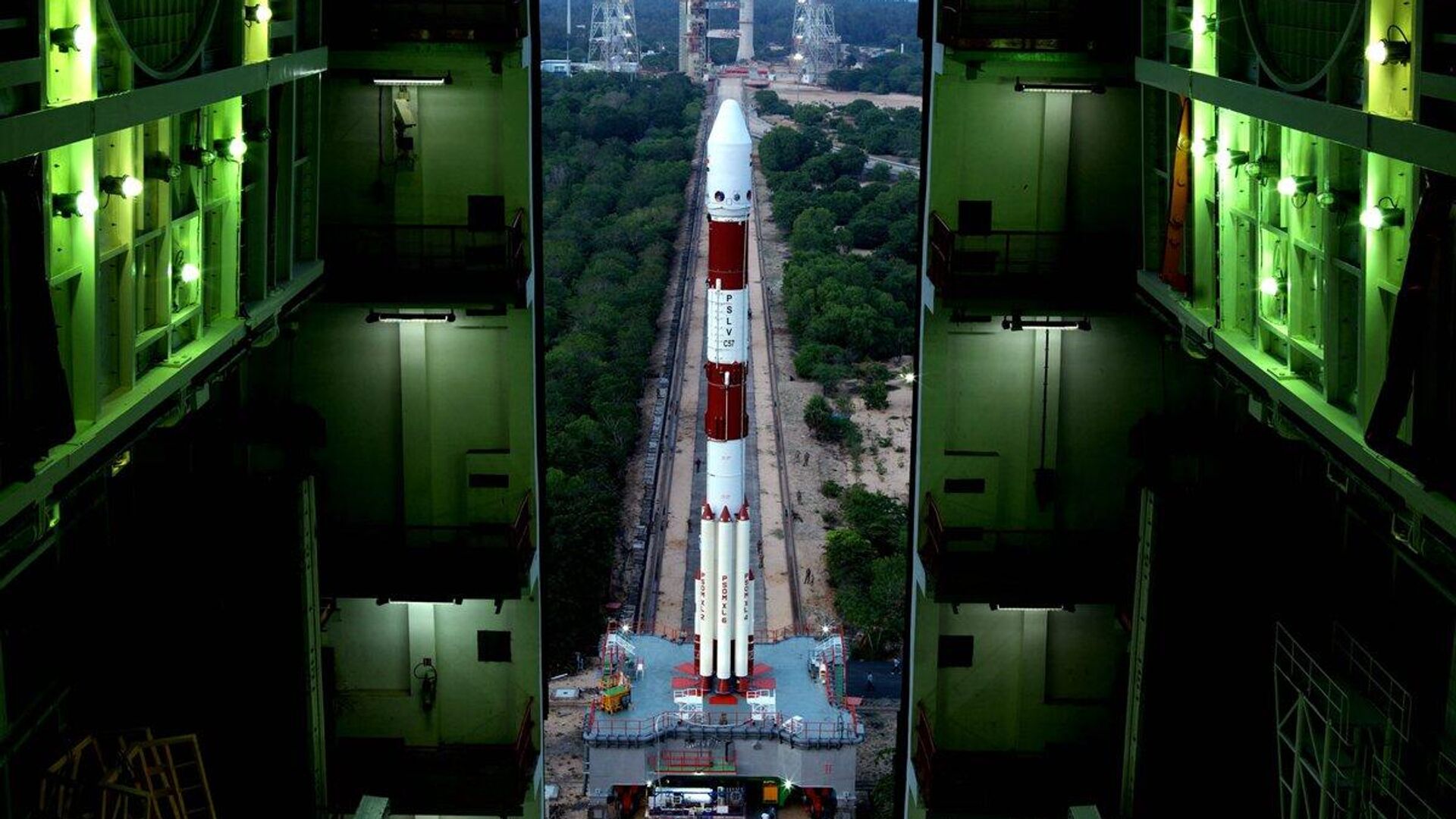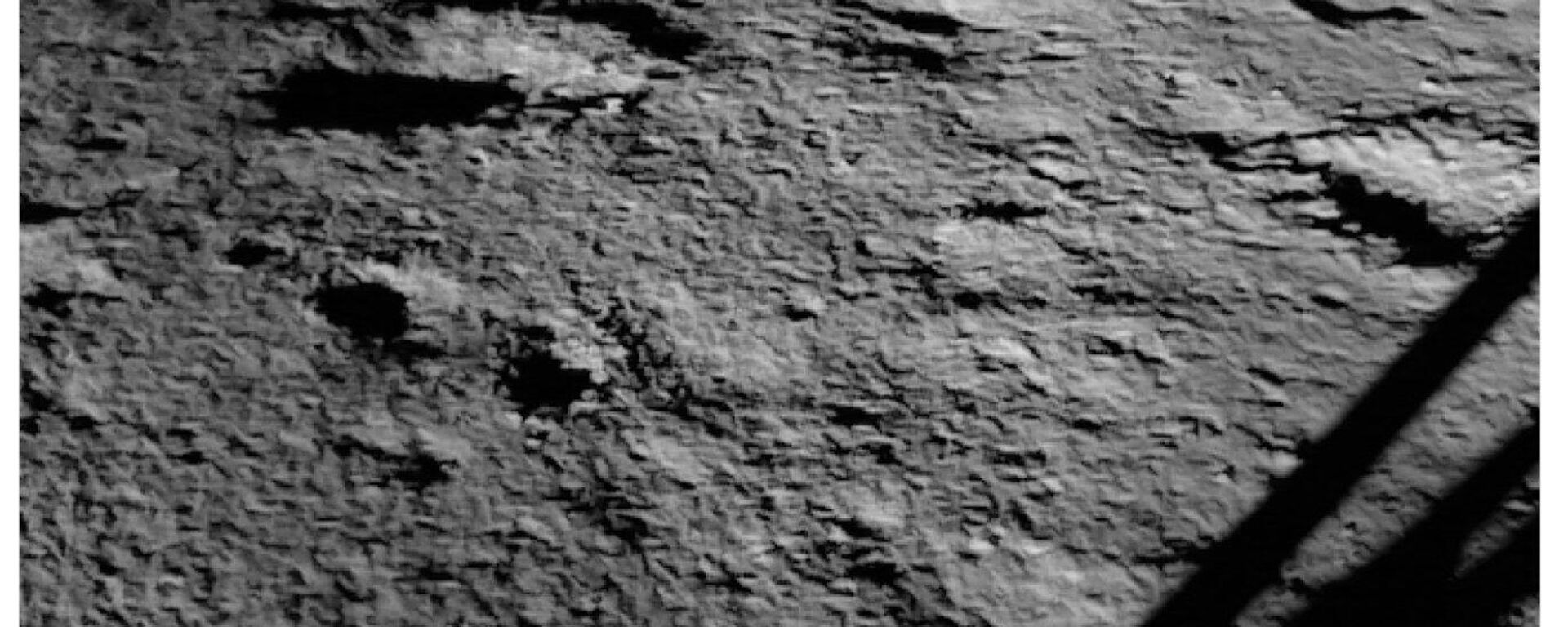https://sputniknews.in/20230927/x-ray-polarimeter-satellite-mission-set-for-december-launch-isro-chief-4465163.html
X-Ray Polarimeter Satellite Mission Scheduled For December: ISRO Chief
X-Ray Polarimeter Satellite Mission Scheduled For December: ISRO Chief
Sputnik India
The X-ray Polarimeter Satellite (XPoSat) is India’s first and world’s second space mission that will measure the polarisation of light through Polarimetry tool. It will allow astronomers to gather data about celestial objects, comets, and galaxies.
2023-09-27T12:13+0530
2023-09-27T12:13+0530
2023-09-29T10:26+0530
science & tech
indian space research organisation (isro)
india
science & tech
new delhi
space satellite
space industry
space exploration
space rocket
human spaceflight
https://cdn1.img.sputniknews.in/img/07e7/09/02/3988308_0:183:1200:858_1920x0_80_0_0_332a10557784f082d536fbcc90996ef6.jpg
After the successful launch of the Chandrayaan-3 lunar mission and Aditya-L1, the Indian Space Research Organisation (ISRO) is gearing up to send India’s first X-ray Polarimeter Satellite (XPoSat) into space in December, the chairman of ISRO said on Tuesday.The deep space observatory XPoSat aims to enhance the understanding of astronomy by using X-rays to make images of celestial objects and examining the physics of the environments surrounding them.He added that the mission is crucial because it will help scientists understand and measure emissions from various astronomical sources such as black holes, neutron stars, active galactic nuclei, and pulsar wind nebulae, which are otherwise difficult to study.Such emissions are mainly tracked by studying the chemical composition (using a spectroscope) and the time it takes them to travel a distance.ABOUT XPoSatXPoSat has a pair of payloads on board including a polarimeter in X-rays (POLIX) which is designed to measure aspects of the polarised X-rays from distant bright sources, that are shrouded by obscuring clouds of gas and dust.It will also include an X-ray Spectroscopy and Timing (XSPECT) instrument which will gather data on variations over time.The five-year mission, XPoSat, is expected to observe about 40 X-ray sources and gather data that will allow astronomers to test various theoretical models, and guide the interpretation of the findings.
https://sputniknews.in/20230925/scientists-explain-why-chandrayaan-3-left-no-imprint-on-moons-surface-4431970.html
india
new delhi
Sputnik India
feedback.hindi@sputniknews.com
+74956456601
MIA „Rossiya Segodnya“
2023
Sangeeta Yadav
https://cdn1.img.sputniknews.in/img/07e6/0c/0f/110602_0:0:641:640_100x100_80_0_0_c298016a79eb02ef8caa9d1f688c12a5.jpg
Sangeeta Yadav
https://cdn1.img.sputniknews.in/img/07e6/0c/0f/110602_0:0:641:640_100x100_80_0_0_c298016a79eb02ef8caa9d1f688c12a5.jpg
News
en_IN
Sputnik India
feedback.hindi@sputniknews.com
+74956456601
MIA „Rossiya Segodnya“
Sputnik India
feedback.hindi@sputniknews.com
+74956456601
MIA „Rossiya Segodnya“
Sangeeta Yadav
https://cdn1.img.sputniknews.in/img/07e6/0c/0f/110602_0:0:641:640_100x100_80_0_0_c298016a79eb02ef8caa9d1f688c12a5.jpg
x-ray polarimeter satellite, xposat, space mission, polarisation of light, polarimetry tool, astronomers, celestial objects, comets, chandrayaan 3 lunar mission, aditya l1, indian space research organisation, isro, astronomy, environments, s somanath, indian national space academy, emissions, black holes, neutron stars, active galactic nuclei, pulsar wind nebulae, chemical makeup, spectroscope, payloads, polarimeter instrument in x-rays, polix, x-ray spectroscopy and timing, xspect, full form
x-ray polarimeter satellite, xposat, space mission, polarisation of light, polarimetry tool, astronomers, celestial objects, comets, chandrayaan 3 lunar mission, aditya l1, indian space research organisation, isro, astronomy, environments, s somanath, indian national space academy, emissions, black holes, neutron stars, active galactic nuclei, pulsar wind nebulae, chemical makeup, spectroscope, payloads, polarimeter instrument in x-rays, polix, x-ray spectroscopy and timing, xspect, full form
X-Ray Polarimeter Satellite Mission Scheduled For December: ISRO Chief
12:13 27.09.2023 (Updated: 10:26 29.09.2023) The X-ray Polarimeter Satellite (XPoSat) is India’s first and the world’s second space mission that will measure the polarisation of light using a tool specifically designed for this purpose. The readings will allow astronomers to gather data about celestial objects, from passing comets to distant galaxies.
After the successful launch of the Chandrayaan-3 lunar mission and Aditya-L1, the Indian Space Research Organisation (ISRO) is gearing up to send India’s first X-ray Polarimeter Satellite (XPoSat) into space in December, the chairman of ISRO said on Tuesday.
The deep space observatory XPoSat aims to enhance the understanding of astronomy by using X-rays to make images of celestial objects and examining the physics of the environments surrounding them.
“The satellite is built and kept ready, but we are expecting to launch it by December this year,” ISRO chief Sreedhara Somanath said at an event organised by the Indian National Space Academy in New Delhi.
He added that the mission is crucial because it will help scientists understand and measure emissions from various astronomical sources such as black holes, neutron stars, active galactic nuclei, and pulsar wind nebulae, which are otherwise difficult to study.
Such emissions are mainly tracked by studying the chemical composition (using a spectroscope) and the time it takes them to travel a distance.
XPoSat has a pair of payloads on board including a polarimeter in X-rays (POLIX) which is designed to measure aspects of the polarised X-rays from distant bright sources, that are shrouded by obscuring clouds of gas and dust.
It will also include an X-ray Spectroscopy and Timing (XSPECT) instrument which will gather data on variations over time.
The five-year mission, XPoSat, is expected to observe about 40 X-ray sources and gather data that will allow astronomers to test various theoretical models, and guide the interpretation of the findings.



